Exclusive Interview with
MARTIN PARR
PRESIDENT OF MAGNUM PHOTOS INTERNATIONAL
by Allan Kliger
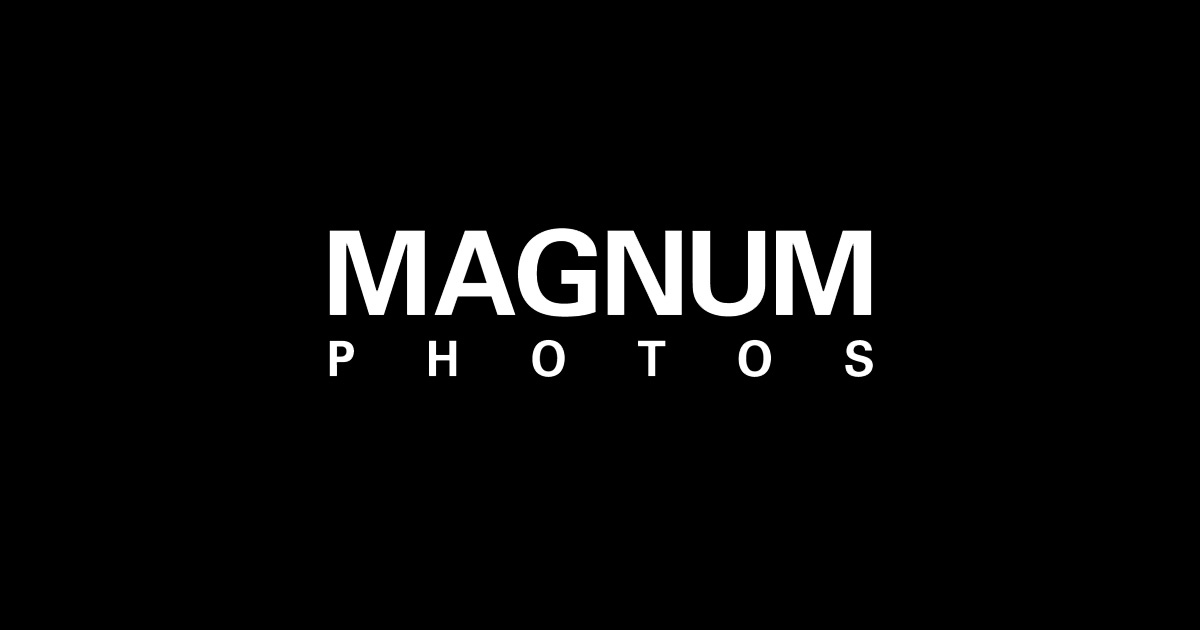
MAGNUM PHOTOS INTERNATIONAL
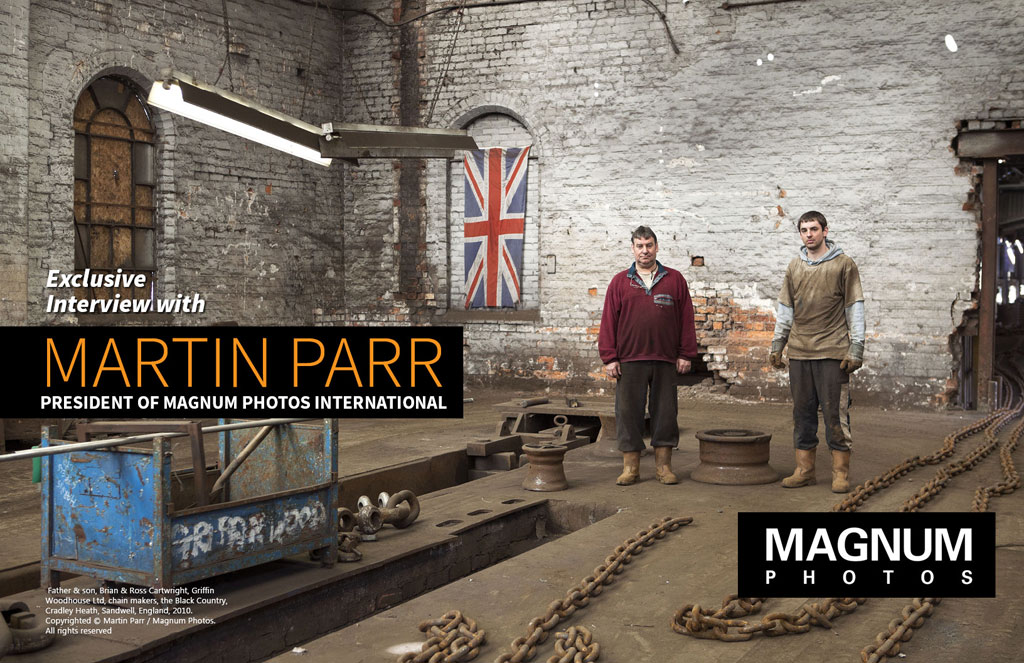
Father & son, Brian & Ross Cartwright, Griffin Woodhouse Ltd, chain makers, the Black Country, Cradley Heath, Sandwell, England, 2010.
Copyrighted © Martin Parr / Magnum Photos.
All rights reserved
Martin Parr, born May 23, 1952, has become one of the leading photographers of our generation.
He became a documentary photographer at the age of fourteen. He cites his grandfather, George Parr, an amateur photographer and fellow of the Royal Photographic Society, as an early influence.
Since that time, Martin Parr has worked on numerous photographic projects. He has developed an international reputation for his innovative imagery, his oblique approach to social documentary, and his input to photographic culture within the UK and abroad.
In 1994 he became a full member of the Magnum Photographic Cooperative, and has served as President of Magnum Photos International since 2013.
He is known for publishing an enormous number of photography books (Over 100 books of his own work and has edited another 30), guest curator of the New Typologiesexhibition at the 2008 New York Photo festival, guest curator of the 2010 Brighton Photo Biennial, as well as serving as guest artistic director for the 2004 Rencontres d’Arles festival of photography.
Parr’s work is held in respected collections of the Victoria and Albert Museum, London, Tate, London, and in the Art Institute of Chicago, Chicago, IL.
Martin was awarded the Lucie Award for Achievement in Documentary Photography in 2014, Recognition for Significant Contribution in the Field of Visual Arts by the Royal Academy of Arts, London, in 2016, and the Outstanding Contribution to Photography prize by the World Photography Organisation in 2017.
In 2013 Parr was appointed professor of photography at Ulster University in Belfast, and he still enjoys teaching students from all over the world and sharing his vast knowledge and experience.
We are very honored to feature an Interview with one of the greatest photographers of our time, a remarkable man, who made an extraordinary impact on the photography world!
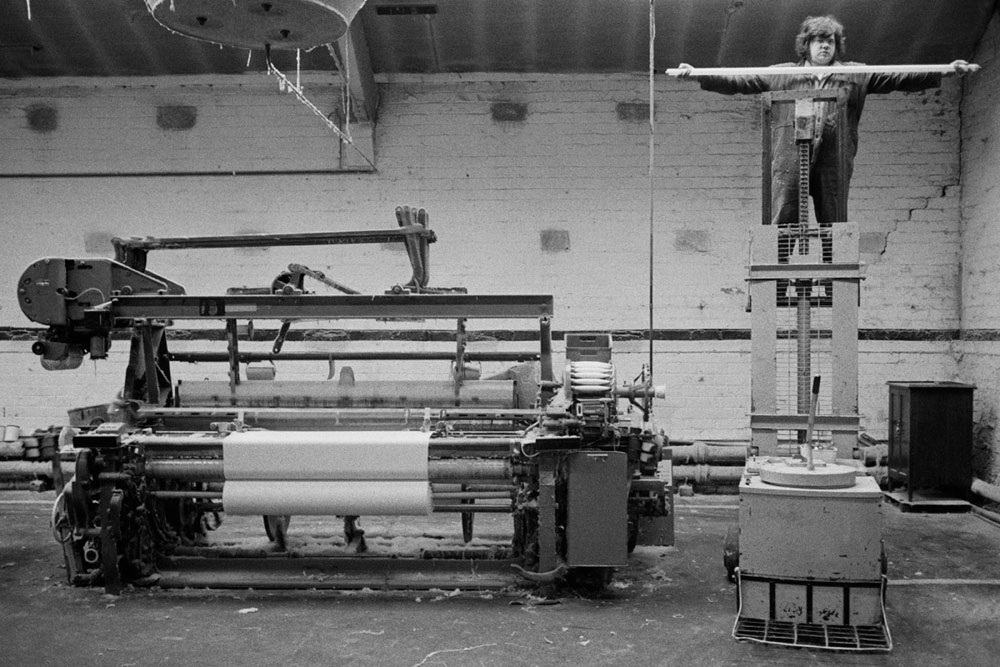
Cranley Martin, Greenwood Stell corduroy, Mytholmroyd, West Yorkshire, England, 1976.
Copyrighted © Martin Parr / Magnum Photos.
All rights reserved
A Disclaimer:
I screwed up.
Big time.
And, like I tell my kids, it’s always best to just come clean.

Lord Savile on the Glorious Twelfth, the first day of grouse-shooting season, Hebden Bridge, Calderdale, West Yorkshire, England, 1975-1980.
Copyrighted © Martin Parr / Magnum Photos.
All rights reserved
“First the good news – Martin was an absolute delight to interview. For someone who does about two interviews a day, gets asked to be interviewed more times than he can remember to the point of having to say no to most such requests, he was about as real and personal as one could get. Engaging, funny, insightful, aware, candid, knowledgeable.
In fact, I was blown away by just how knowledgeable he was, by the breadth and extent of his awareness of what was happening in the photo world today, of new cutting-edge photographers and processes, and of his executive awareness, vision and foresight of what might be needed to bring Magnum into its next chapter of history yet to be written. Our interview really was more of a free flowing, freewheeling discussion, entertaining as often as it was informative, than a formal Q&A. Serious undertones to be sure, yet the humanity of the man, his honest and self-effacing ability to identify and see in the world around him that which affects us all was palpable and inspiring.
One could see in his eyes and face (the interview was done over skype as martin was in Bristol and I in Toronto) a warmth and curiosity that I found surprising. He was happy to be engaged in discussion, to be considering questions of the day both big and small, and to have the opportunity to have his views out there for others to consider. He was aware that time was fleeting, time in the larger sense of his mortality and aging and his need to be even more productive than ever while he still was able.
Life wasn’t a dress rehearsal for this man, and it came through loud and clear. He was honest and self-effacing, sharing that he likely shot more garbage than anyone, yet when asked specifically about his photography he was serious, and his intent when shooting was clear and evident in his words and his expression.
There didn’t seem anything measured in what he said; he simply said what he thought and left it out there to be considered, or not. When asked about his teaching, I could see that it meant something for him to inspire others to similarly take their work seriously, to have intent and purpose, to know what they were shooting and why, and to go for the heart of the matter with understanding and commitment. There didn’t seem time for half measures with Martin.
He was, at his years, excited about the world around us, about the exciting and new conceptual work he saw in new Magnum photographers. Life didn’t seem static to this man. He was on a mission and it came through in his energy, the life and playfulness evident in his eyes, and the intent of his words. My sense was that Martin could likely relate to just about anyone if he chose to. And perhaps that’s what makes him Martin Parr.
That while observing, studying, thinking critically and photographing dispassionately, he was at the same time passionate and empathetic, identifying with the variety of emotions he sought to capture. And, in so doing, perhaps embodying many of the contradictions that he loves to capture in his work.
As soon as our interview was over I took a moment to reflect, to enjoy the connection and energy of our discussion, pleased there would be so much to share that as far as I could tell, hadn’t come across in other interviews that I had found. And then I checked the recording. I must have gone white for sure, in shock as I discovered that not one word had been recorded.
Nada. Not a one.
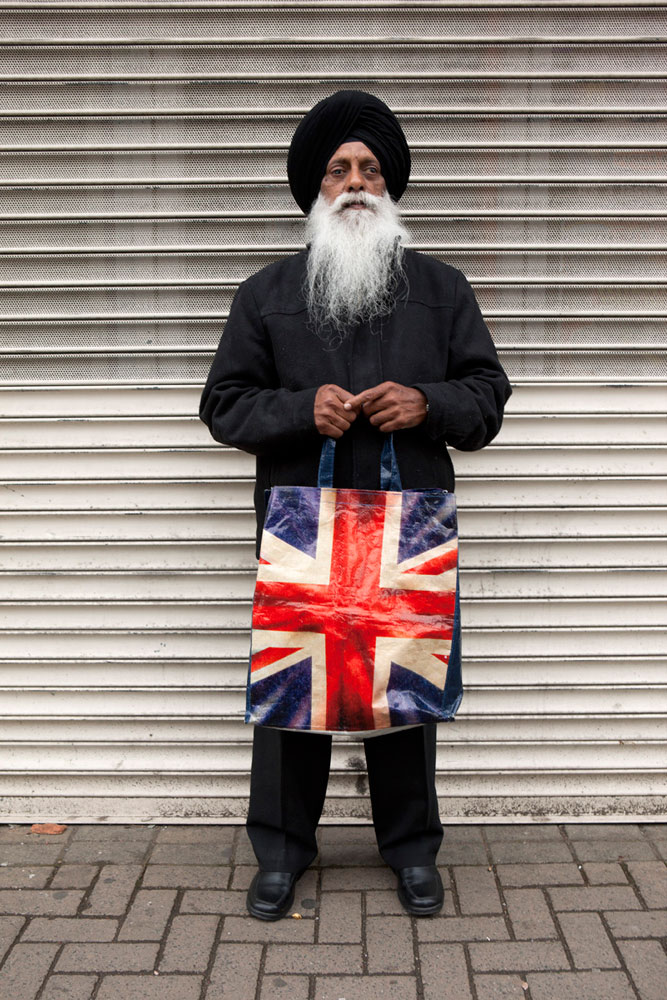
Harbhajan Singh, the Black Country, Willenham Market, Walsall, England, 2011.
Copyrighted © Martin Parr / Magnum Photos.
All rights reserved
I had screwed up…big time. This man had just given something special of himself, had agreed to be interviewed and taken the time, his precious time, and that time had now been wasted. Just one of those technological glitches (may still have been human error, I must admit) but the bottom line is that all of our freewheeling back and forth that would have been so wonderful to share, was just not captured. Mea Culpa. The buck stops here to be sure, so please accept my sincere apologies regardless the reason.
Back to the story…Wow. I was in shock, unable to accept the inevitability of what had happened, and what must now happen. I had promised an interview, and was expected to deliver one. There wasn’t a chance I was simply going to make things up and, to have even tried to write and take notes as we went along in our discussion at Mach 3 would have been both fruitless and an impossibility.
I must admit, it didn’t take me but a moment to know what I had to do. I called Martin.
“Martin – Allan here. You’ll never believe it,
I can’t believe it, but I really screwed up. Not one word of our interview was recorded”, I said. “I felt you had a right to know since there was simply no way I could remember all the details of our discussion and do them, do you, justice. I’m sorry, and I felt you had a right to know”. I was waiting for him to say that it wasn’t a problem, that it was ok, we could reschedule and do it again. Wishful thinking on my part, of course. After agreeing with me that I had indeed screwed up – I’m pretty sure I remember him using some other choice words here – in true Martin style, he simply said that he was sure I could “cobble” something together.
So, what appears below is that “cobbling”. A poor excuse to be sure compared to the real thing, but perhaps this was the way our interview was supposed to go. For in not having recorded our actual discussion, what you get in its place from me is perhaps something more poignant and meaningful, something much more personal, perhaps something which one hopes to get a feel for in such interviews but rarely, if ever does. The measure of the man. You see had I just transcribed, copied and pasted, you would have received information to be sure, details and trivia some of which might have proven new or of interest. Yet now, in its place in an effort to do justice to the man, what you get is perhaps something more, you get a picture of the man, of why he is Martin Parr. Why he is the President of Magnum by unanimous consensus, a man chosen by some of the best photographers of our time to lead and inspire them. And that may be the most important take away of all, that it’s because Martin is Martin, that he’s completely unpretentious and doesn’t try to be anyone else, doesn’t care to be anyone else, that his lessons and leadership are so central. Martin Parr leads by example. Do what you love, have Intent, understand why you do what you do, dig deep and beneath the surface and then dig deeper, and then go out and do it with a smile and a love of life while you can.
What you’ll read below can’t hope to capture the intellect and energy of the man, but if this and the summary snippets convey even a scintilla of his grace, charm, and intellectual power than it will still have been worthwhile.
Sincerely, Allan Kliger
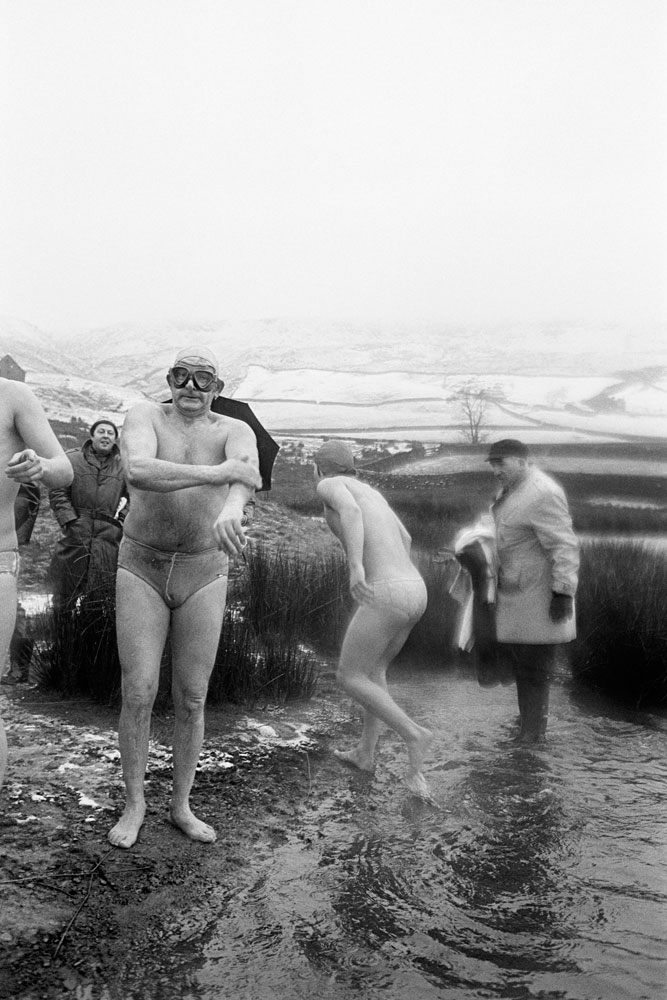
Johnny O’Hara (front) and Percy Bull (right) broke the ice to allow swim to take place, Lee Dam Swim, Todmorden, West Yorkshire, England, 1976.
Copyrighted © Martin Parr / Magnum Photos.
All rights reserved
A.K: Let’s start at the beginning. People often take their time to decide in which field they choose to focus in life, but as I understand, your decision to become a photographer came at a very early age because of your family background. Your grandfather, George Parr, was an amateur photographer. Can you tell us about his style of photography and how he influenced you?
M.P: “My grandfather just loved to go out and shoot, and he gave me a camera. I was young, about 14 and just went out and took pictures. It really was as simple as that. I never really thought about doing anything else.
A.K: Was he alive to see your growth in photography?
M.P: Not really, I guess he died about 10 years after I began shooting so he never really saw my path or was around to see what I’ve done. I never imagined as a child that I’d accomplish what I have become, I never really thought about it. I just went out, took pictures and did what came naturally, what seemed to make sense in steps that pretty much just flowed from one to the other. No big career changes mid-stream, no dramatic upheavals, just one foot in front of the other.”
A.K: What do you love about shooting?
M.P: “I love capturing the contradiction of life, of the world around us, the love and the hate both there coexisting. We certainly live in interesting times. There’s never been more terrorism, or more dentists. It used to be that people hated going to the dentist but now we’re more desensitized with all the terrorism so going to the dentist doesn’t hurt as much. I probably shoot more garbage than anyone I know, but I’m not one of those people who always has their camera with them, who’s always out shooting anything wherever they are. When I go to shoot I take it seriously. You have to have a purpose, have Intent, know why you’re shooting and what the purpose of your shooting is. Too many times I see the work of others, sometimes my students when I end up teaching a class, and it’s just not there. They haven’t pushed it enough. So, I ask them what they’re trying to achieve, what’s their story, why are they shooting. And then I tell them to go and shoot more, shoot deeper, really understand what they’re trying to convey with their images, shoot with intent and purpose and don’t merely scratch the surface. There’s more shooting today than ever before in history, so there’s more garbage. But it also means there’s more opportunity for really great things to happen, for great new ideas and concepts as long as there’s Intent and purpose.”
A.K: A.K: Although you are most known today for your special style of close-up and saturated color, until 1982 you were mostly photographed in Black & White. Tell us about your move to color – was it an impulsive decision of a moment or there was a period of checking and trying different options?
M.P: “I saw American photographers working in Color and So I just started. It just seemed to be the way for me to be shooting then. I Never really went back. Just kept on shooting. Probably the only thing I haven’t shot have been nudes, fine art nudes. I didn’t really know why I haven’t, as I think about it, just haven’t. I always just shoot, printed books, been involved with teaching and films.
A.K: You are known for publishing an enormous number of photography books – your work, other photographers works, and books you’ve contributed to. This is a lot of work! In the in between, you curated the NY Photo festival, served as an artistic director for the 2004 Rencontres d’Arles, and created films for television. It seems that your passion, your drive, continues to be at the same high level as it’s always been. Where does your ‘drive’ come from?”
M.P: Time moves on and I’m getting older, we’re all getting older. I just want to get as much done while I still can, while I’m able. I don’t know where my energy, where that energy comes from, that drive. No single place i can think of that may have inspired it, but I may perhaps feel even more driven now to create than ever since I don’t know how much time I’ll have left”.
A.K: It’s been said that it’s better to take a greater picture than a technically perfect one. What makes a picture great to you?
M.P: “See the contradiction, find your personal style, understand why you shoot and then go and shoot with intent and purpose and depth. Don’t merely scratch the surface. We’ve recently taken on some great new contemporary photographers at Magnum that are perhaps more conceptual but each of whom brings something distinct and unique in how they shoot. They understand what they’re trying to do and are coming up within great images that showcase their unique styles. That’s very different from when I first started at Magnum”.
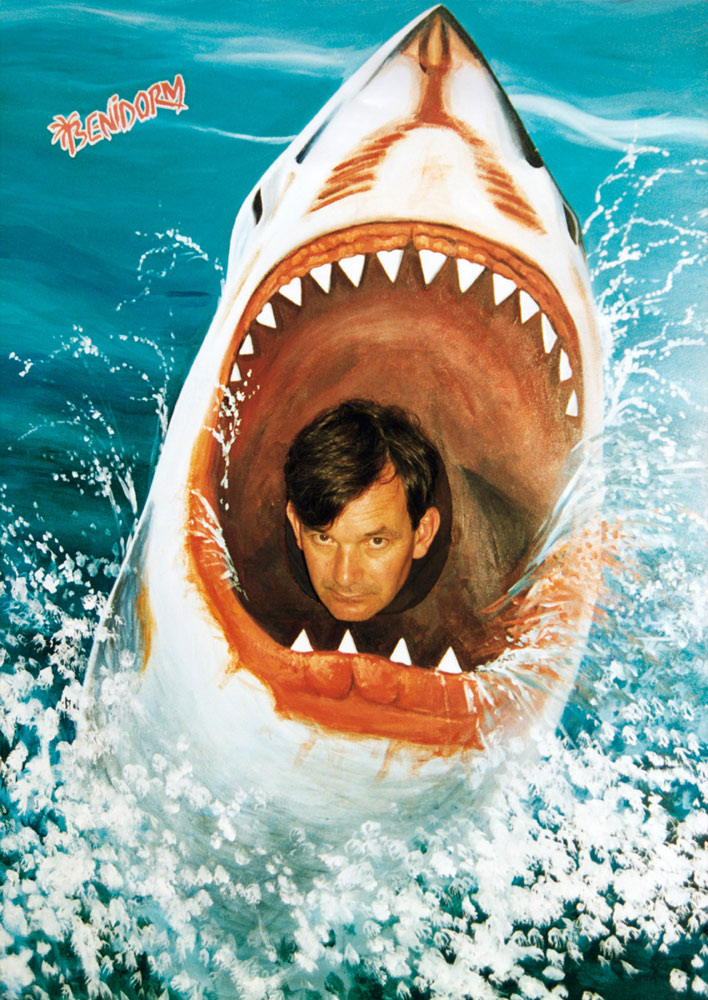
Copyrighted © Martin Parr / Magnum Photos. All rights reserved
A.K: Let’s talk about Magnum. Congratulation for unanimously being elected president of Magnum Photos International for a full term. The vote to initially include you as a full member in 1994 was divisive, to the point of your achieving the necessary two-thirds majority by only one vote, and one member, Philip Jones Griffiths circulating a plea to other members not to admit you. Why was it so divisive back then? Your unique way of seeing life around you is certainly different from that of the founding Magnum members. Do you see a difference in new Magnum members today from the early days of the agency? Do they “see” differently in their own way, just as you do in yours? “
M.P: It’s well known and pretty much public knowledge that many at Magnum thought my style of shooting was too controversial then, that it didn’t fit in and wasn’t consistent with the “humanity” style they were known for at the time. But then look at us now, look at the great new conceptual photographers we’re bringing in. Times have changed and we have to change with them”
A.K: We’ve all seen photography change in this the digital age of the cell phone camera, the Internet / Instagram and so on, and there’s no doubt that Magnum will keep its quality name for years to come, but how do you keep Magnum relevant today when so much of our world is no longer B2B? What does being “relevant” today mean to you and Magnum?

